Liturgy of the Eucharist
NLC ARTICLES
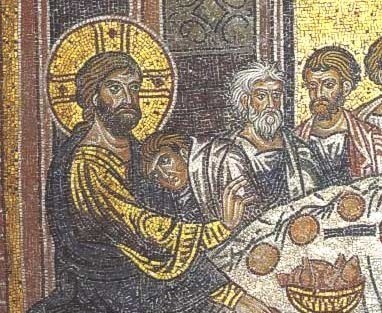
This article offers a foundational reflection on the meaning of the Eucharist as the real presence of Christ and the heart of Christian worship.
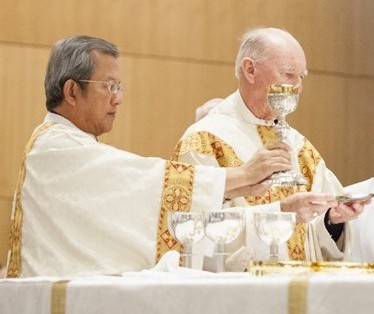
This article explores the structure and theology of the Eucharistic Prayer, highlighting its role as the central moment of thanksgiving and consecration in the Mass.
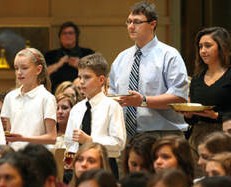
This piece reflects on the preparation of the gifts, revealing how this simple act symbolises the offering of the Church and the lives of the faithful.
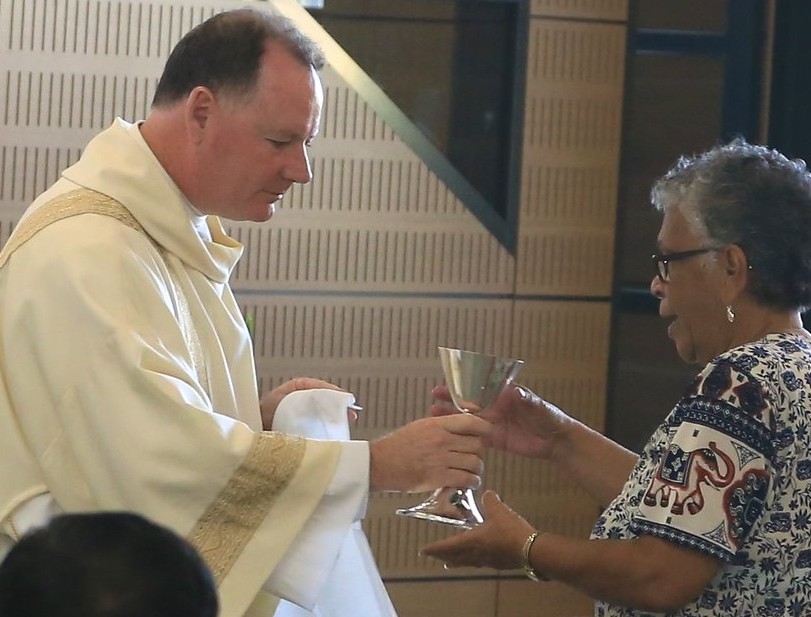
This article presents the key elements of the Liturgy of the Eucharist and how the Church offers and shares in Christ's sacrifice.
.jpg)
This piece reflects on the Eucharist as the source and summit of Christian life, drawing from Church teaching and pastoral experience.
official documents
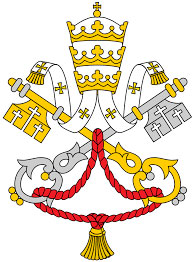
Holy See
This letter reminds bishops of the requirements around the bread (unleavened, wheaten, not wholly lacking gluten) and wine (from grapes, not mixed with anything else) used for the celebration of the Eucharist. Episcopal conference should establish norms and implement a process for certification.
This letter requires renewed adherence to and formation around the prescribed / permitted gestures for the exchange of peace at Mass and its place within the rite, noting the prominence of particular abuses needing correction.
This Directory brings together the Church’s teaching on the practice of liturgical preaching. It is not a handbook, but rather an exposition of what preaching is: part of the Church’s Paschal mission, a liturgical action grounded in Scripture and Tradition.
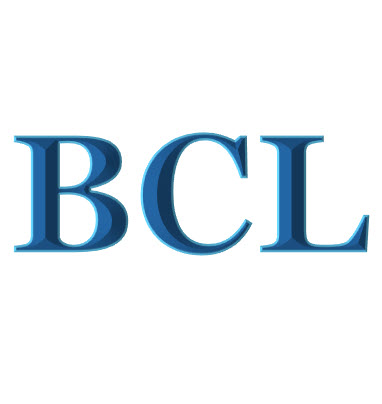
Bishops Commission for Liturgy
Based on the Church’s liturgical norms, these guidelines encourage reverent reception of Communion, providing guidance for both ministers of communion and communicants.
These guidelines provide practical advice for liturgical ministers in circumstances where (a) member(s) of the community cannot tolerate the usual high-gluten hosts or bread used at Mass.

National Liturgical Council
This guidance, citing the Constitution on the Liturgy and the General Instruction of the Roman Missal, strongly encourages communion from the Eucharistic elements consecrated at the same Mass at which one is participating, rather than being provided/consuming those reserved in the tabernacle.
DIOCESAN RESOURCES
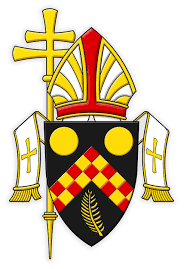
Brisbane
This video explains the practical considerations of preparing the altar and gifts for the celebration of the Eucharist.
This video demonstrates how to efficiently break and distribute large altar breads for Communion, ensuring reverence and practicality during the Preparation of the Gifts.
This video explains the role of extraordinary ministers of Holy Communion, showing how they reverently receive the Eucharist and assist in distributing Communion efficiently to the assembly.
This video explains the proper and reverent method for purifying Communion vessels after Mass, noting the options for timing and the simplicity of the ritual when done with care.
This segment delves into the Offertory, emphasizing its role in uniting the congregation's offerings with Christ's sacrifice.
This video discusses the Preface, illustrating how it sets the tone for the Eucharistic Prayer by expressing gratitude and recalling God's mighty deeds.
This part introduces the first section of the Eucharistic Prayer, focusing on the invocation of the Holy Spirit and the consecration of the bread and wine.
This continuation explores the latter part of the Eucharistic Prayer, highlighting prayers for the Church and the faithful, living and deceased.
This video examines the Communion Rite, particularly the Lord’s Prayer, as a preparation for receiving the Eucharist.
This segment reflects on the Rite of Peace, emphasizing its role in expressing unity and reconciliation among the faithful before Communion.
This video explains the Fraction Rite, where the consecrated bread is broken, symbolizing Christ’s body broken for us.
This final part focuses on the act of receiving Communion, underscoring its significance as the culmination of the Eucharistic celebration.
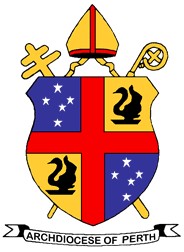
Perth
This downloadable resource, particularly for musicians, relates to the Introductory Rites and the Liturgy of the Word as described in the General Introduction of the Roman Missal. It aims to help parish musicians understand the principles and practices related to these parts of the Mass.
OTHER RESOURCES
Journal Articles

To imagine that Christ is really present just in the consecrated elements (and is even contained by them) is a terribly reductive and impoverished understanding. Instead, the risen Christ, present in word and sacrament, in the assembly of the baptised and its leader, is not contained by anything but is everpresent in the liturgy.
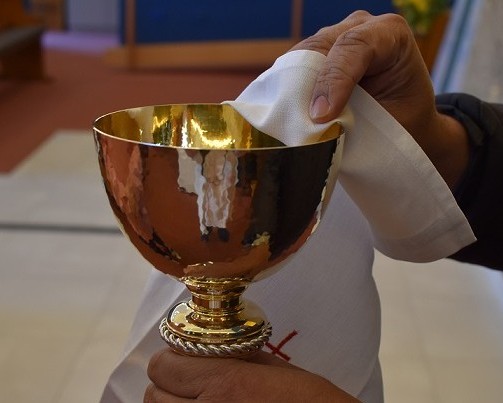
Following COVID-19, many Anglican dioceses have made the provision for the return of the common cup; however, it has taken slightly longer for the Catholic dioceses in Australia to reinstate the obligation. All of the familiar hygeine requirements will remain, such as rotating and wiping the chalace after each person, along with some new rules, such as sanitizing hands.
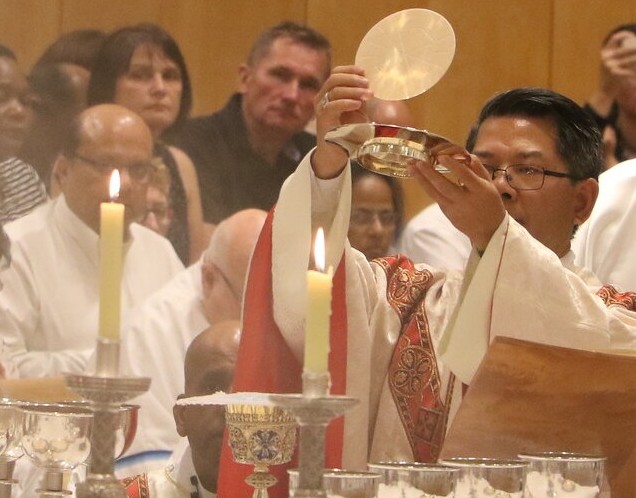
Wonder is an essential part of the liturgical act because it is the way that those who know they are engaged in the particularity of symbolic gestures look at things. Wonder can be seen in the liturgy by displaying the beauty, the truth, and the saving mystery enshrined in the Church’s reformed liturgy, which is an attractive reality that draws the whole Church into a unity centred on Christ who desires to eat the Passover with us.
Bulletin Articles
.jpg)
This article examines the meaning behind the offertory procession, where bread and wine—and the lives they represent—are brought to the altar.
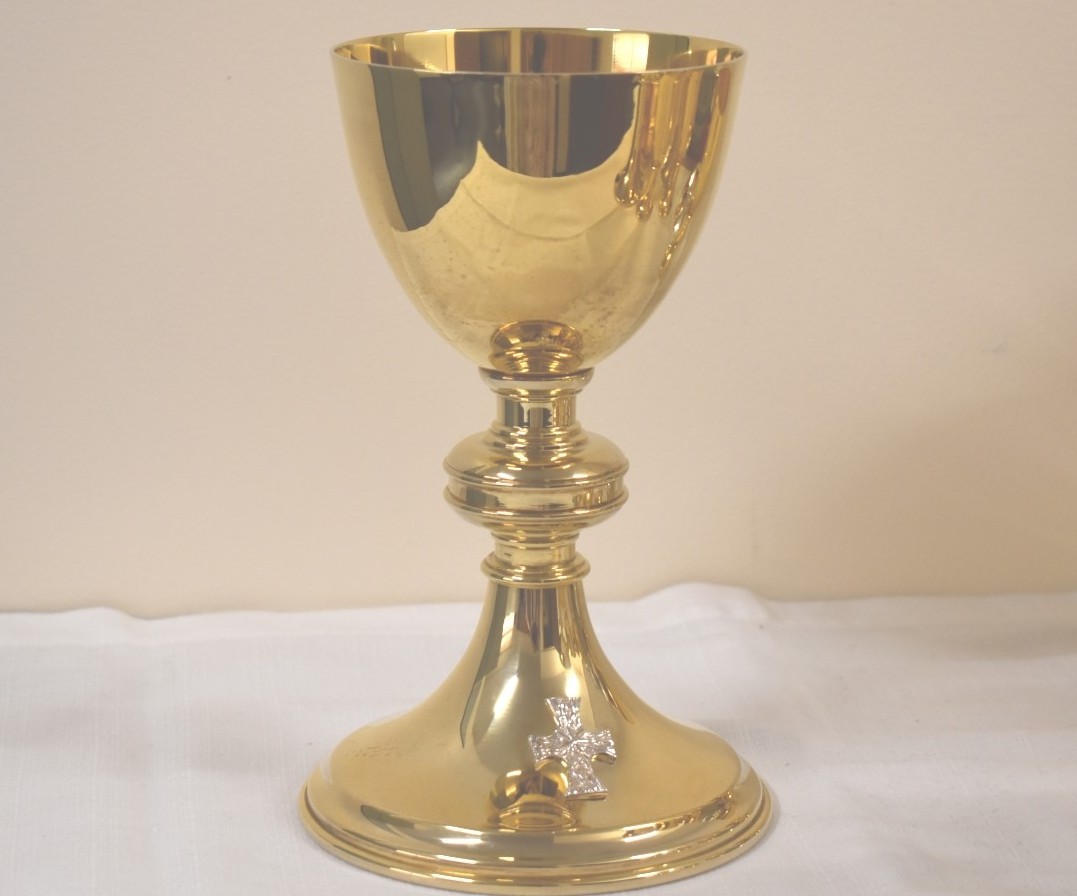
This article presents Bishop Paul Bird’s reflections on the practice of sharing Communion from the chalice and its significance in expressing full participation in the Eucharistic meal.
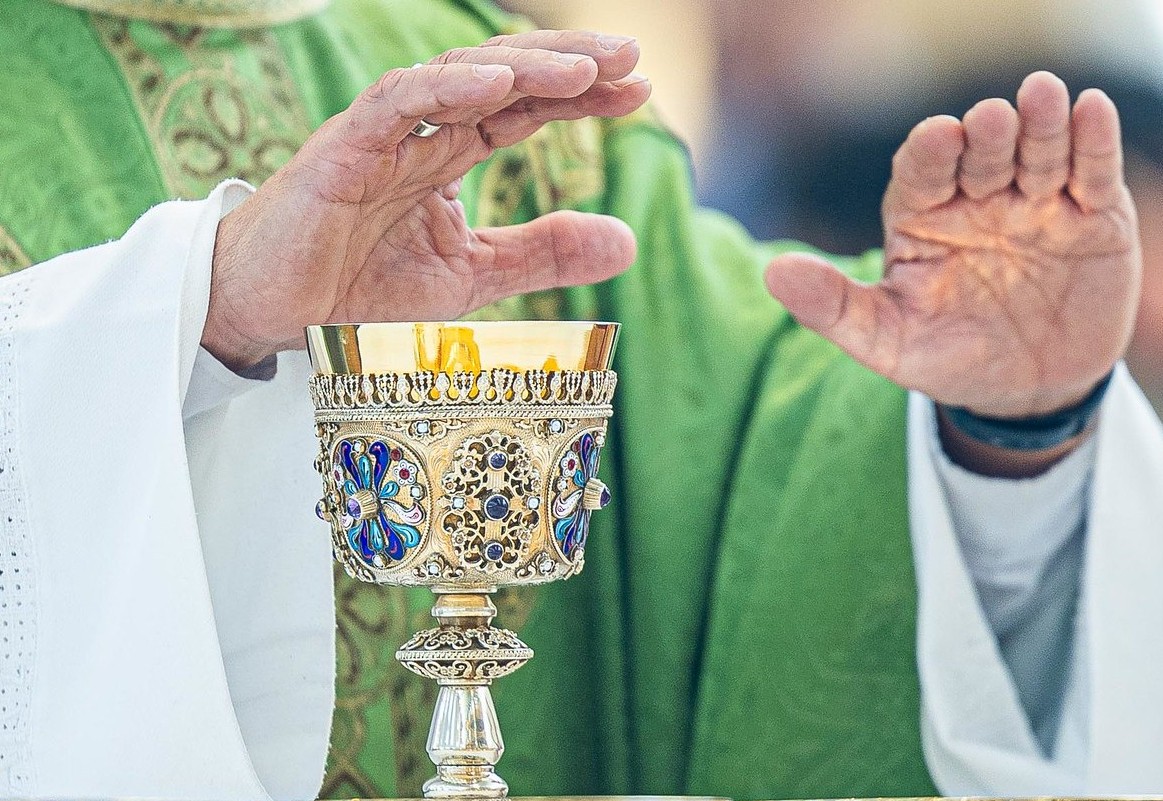
This article introduces the first part of the Eucharistic Prayer, explaining its historical roots and theological depth as a prayer of praise and thanksgiving.

This follow-up article continues unpacking the Eucharistic Prayer, focusing on the consecration, memorial acclamation, and epiclesis.

This article outlines the structure and spiritual meaning of the Communion Rite, including the Lord’s Prayer, Sign of Peace, and reception of the Eucharist.
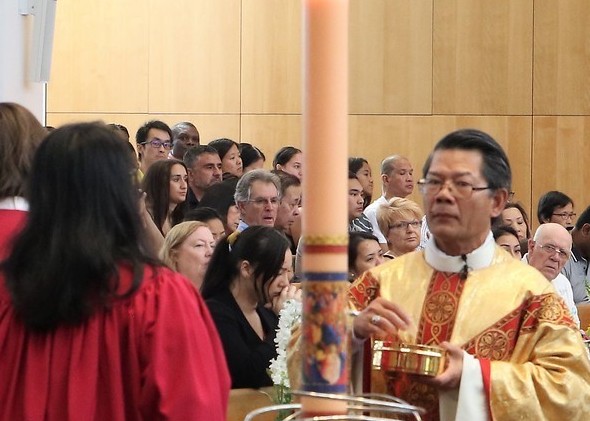
This article reflects on the symbolic and communal importance of breaking the consecrated bread and the procession to receive Holy Communion.

